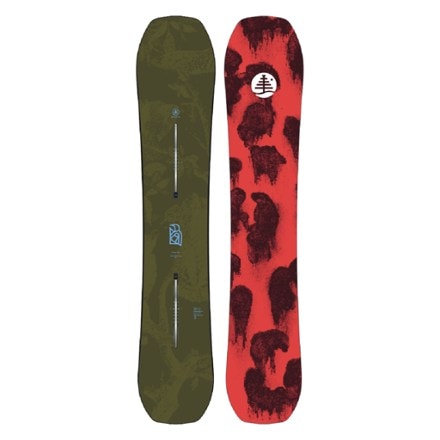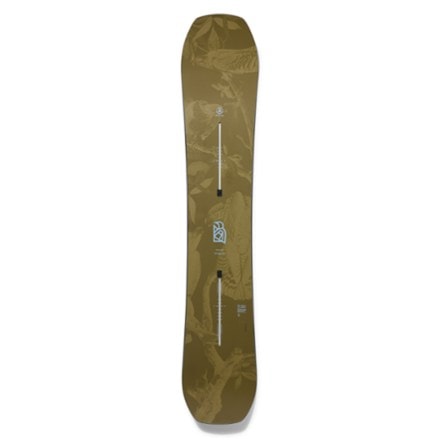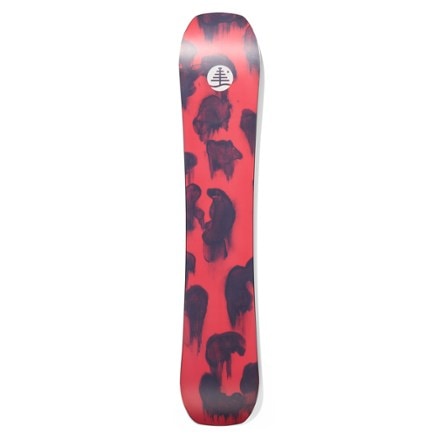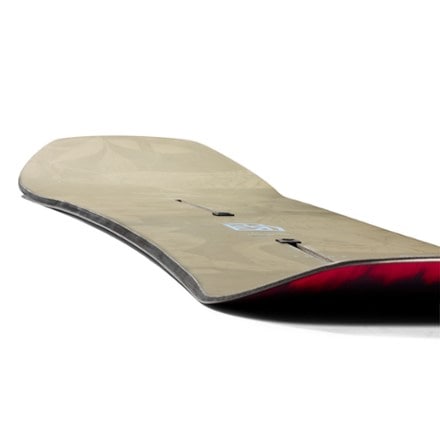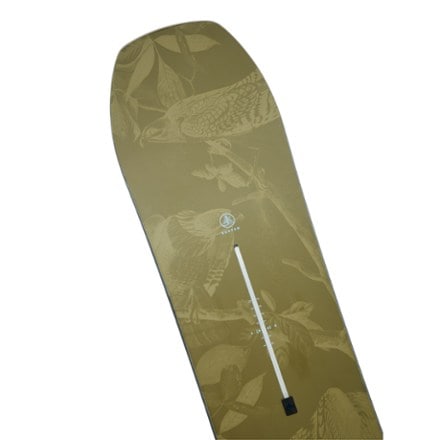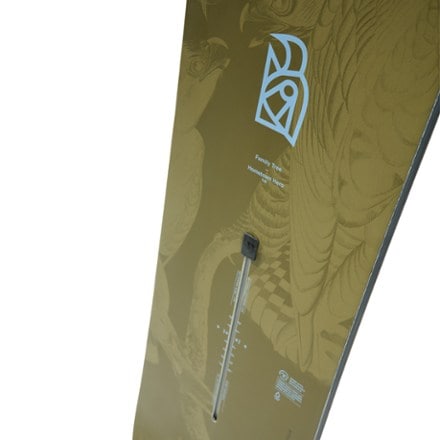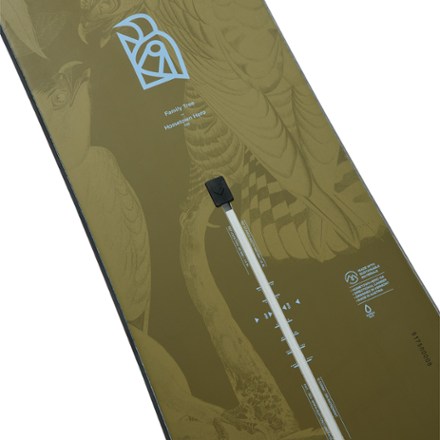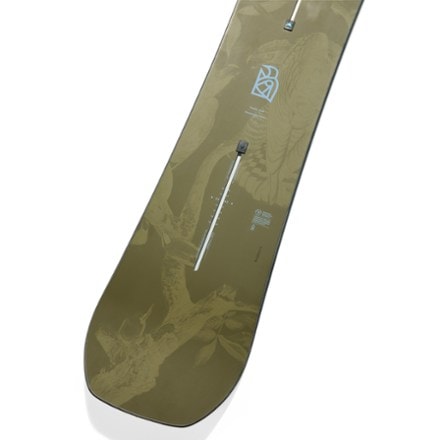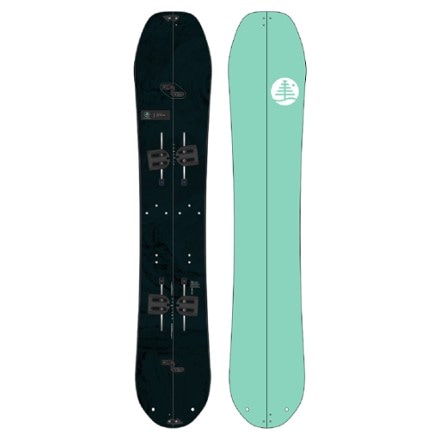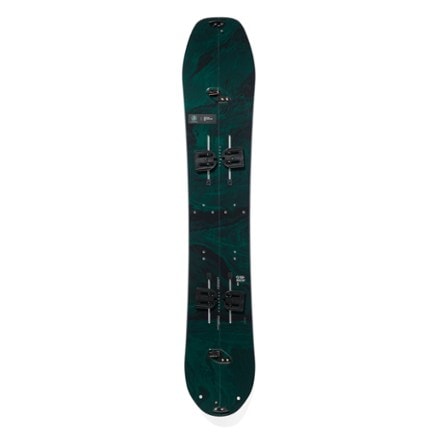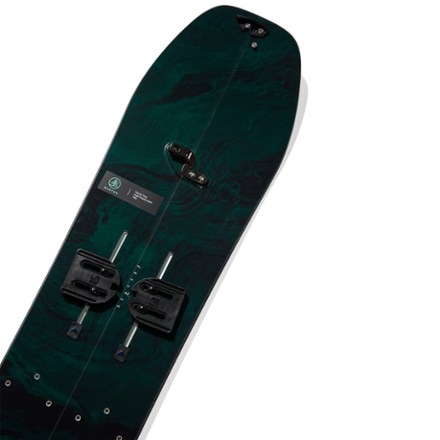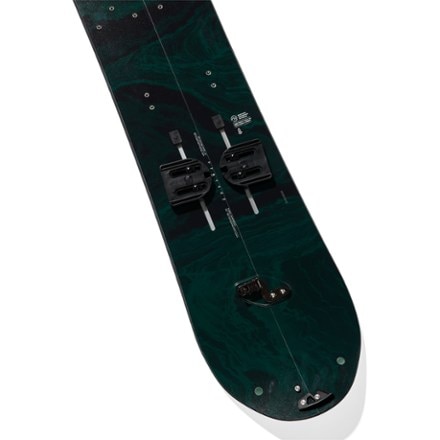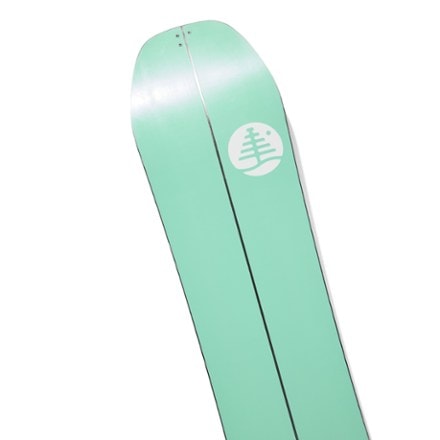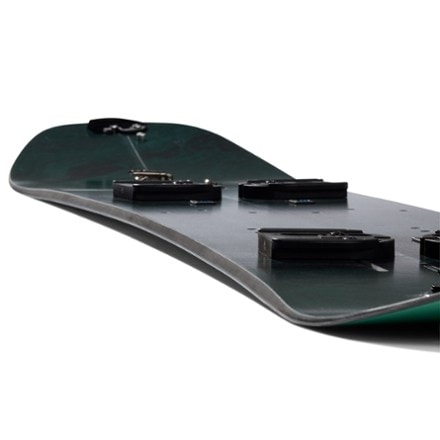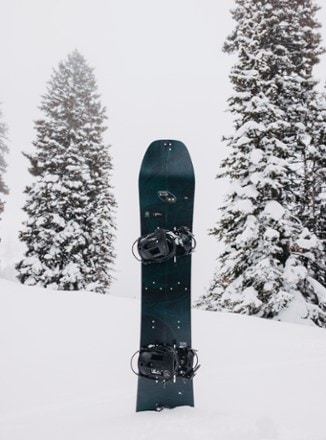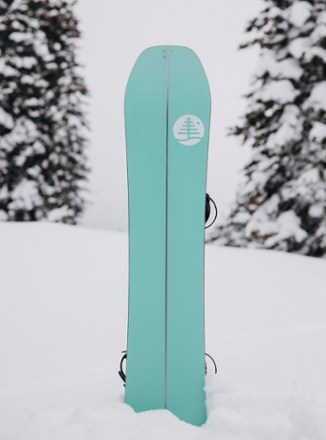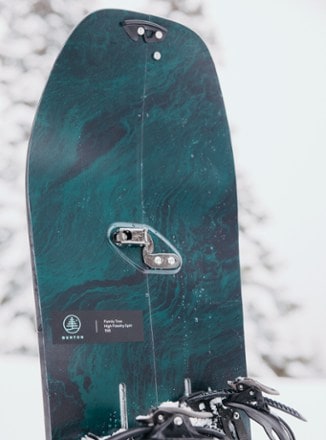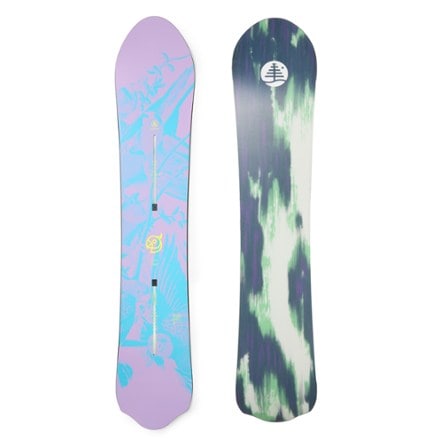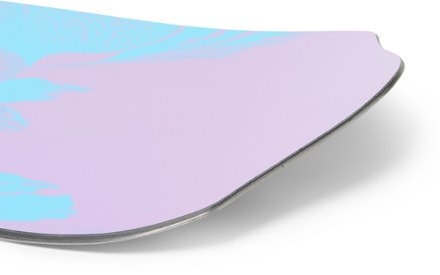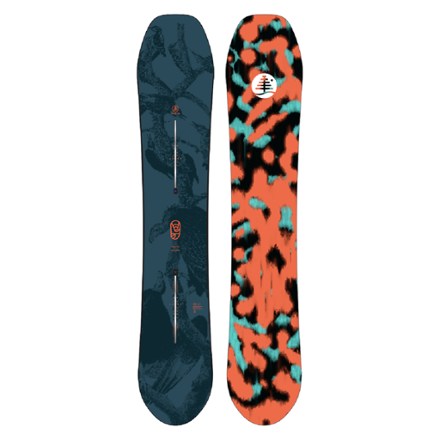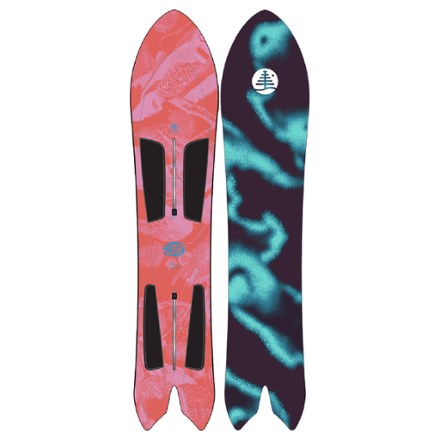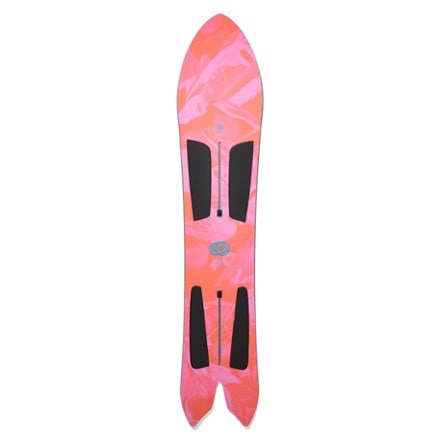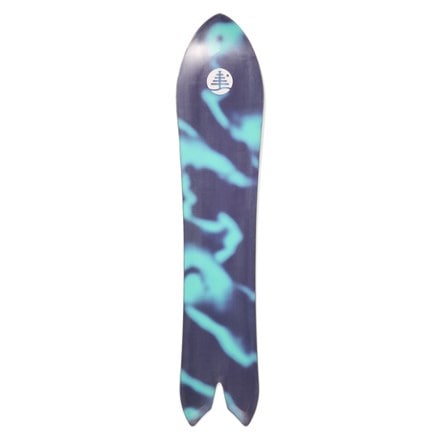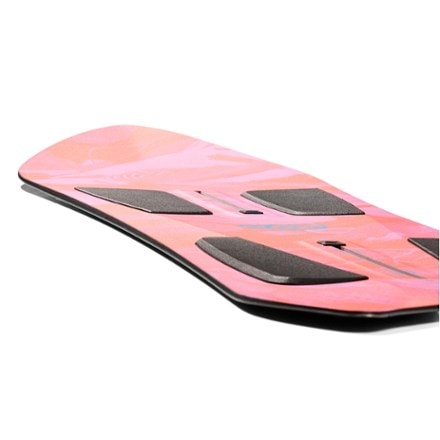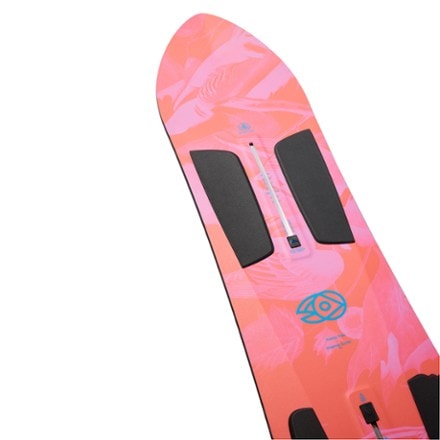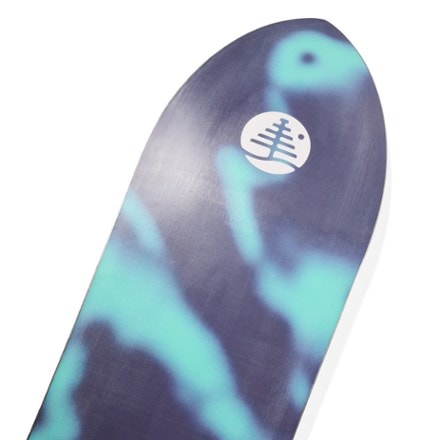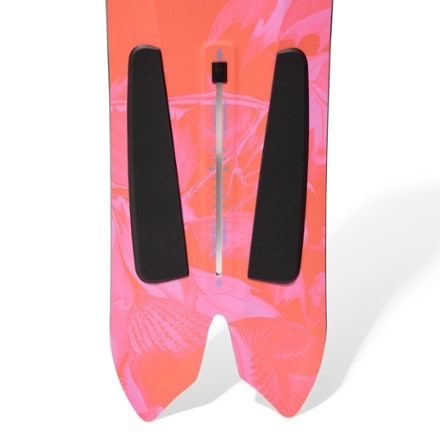Burton Family Tree
(5 products)- Snowsports (5)
- Snowboarding (5)
- Wide (1)
- Snowboarding (4)
- Splitboarding (1)
- Camber/Rocker (4)
- Flat/Rocker (1)
- $500.00 to $749.99 (3)
- $750.00 to $999.99 (2)
- 80 to 149 (2)
- 150 to 159 (5)
- 160 to 169 (4)
- Channel (5)
- Unisex (5)
- Family Tree (5)
- Directional (5)
- BurtonFamily Tree Hometown Hero Snowboard - 2025/2026$679.95(0)0 reviews
- BurtonFamily Tree High Fidelity Camber Splitboard - 2025/2026$999.95(0)0 reviews
- BurtonFamily Tree Alekesam Snowboard - 2025/2026$629.95(0)0 reviews
- BurtonFamily Tree High Fidelity Camber Snowboard - 2025/2026$699.95(0)0 reviews
- Burton3D Family Tree Channel Surfer Snowboard - 2025/2026$829.95(0)0 reviews
Related Expert Advice articles
Find the right length
As a general rule, if you stand a board on its tail, the nose of the board should reach somewhere between your nose and chin. You can use brand size charts and recommended rider weights to get more precise.
Choose between different types of snowboards
The right type of board depends on what type of terrain and snow conditions you plan to ride in. Your choices include all-mountain, freestyle, freeride, powder and splitboards.
Understand camber and rocker
Camber and rocker describe the curve of a snowboard when you look at it from the side. There are many different profiles.
- A cambered board rises up in the waist (midsection) while the contact points rest on the ground near the tail and tip/nose. These grip well on hard snow, provide control at high speeds and deliver a lively, stable ride. Experienced, speed-oriented riders favor cambered boards.
- A rockered board has upturned tips and tails. The design excels in powder or when jibbing or riding rails in the park. They tend to have a surfy feel that offers easy turn initiation, making them popular among novice riders.
Understand boot flex
- Soft flex boots are comfortable and easy on your feet; they're ideal for beginners or recreational riders.
- Medium flex boots balance mobility and support for all-mountain performance and comfort.
- Stiff flex boots offer maximum support for edge power and control at high speeds; ideal for freeriders and advanced riders.
Match riding style to flex
- Many all-mountain riders will gravitate toward more flexible boots. For fast, aggressive riding, go with stiffer boots.
- Freeriders place a premium on speed and precision, so stiffer boots are preferred. This rigidity helps generate edge power across icy, firm snow.
- Freestyle: Maneuverability and quick responses are vital to the park experience, so softer, more flexible boots are a good choice.
Find a good fit
A good fit starts with purchasing the right size boot. Snowboard boots typically use standard U.S. sizing.
Choose a fabric type
Wool retains warmth when wet and is naturally odor resistant. It breathes more easily and wicks moisture from your feet.
Synthetic blends like nylon, polyester or acrylic are ideal for those with sensitive skin or are allergic to wool. These fabrics trap warmth and wick moisture.
How much cushioning do you want?
No cushioning: Works well with performance boots that have a tighter fit or for those who want to feel the terrain underfoot.
Light cushioning: Typically padded at the shins with minimal or no cushioning on the balls of the feet; reinforced toes and heel are common.
Medium cushioning feature added padding for warmth and to absorb impact. Ideal for cold conditions or snowboarders with loose fitting boots.
Heavy cushioning: Great for extreme winter environments or low-intensity winter activities like ice fishing or riding a snowmobile.
Length
Most socks for skiing and snowboarding go up to the knees to help protect from shin bang. Cross-country skiers and snowshoers may want shorter length socks.
